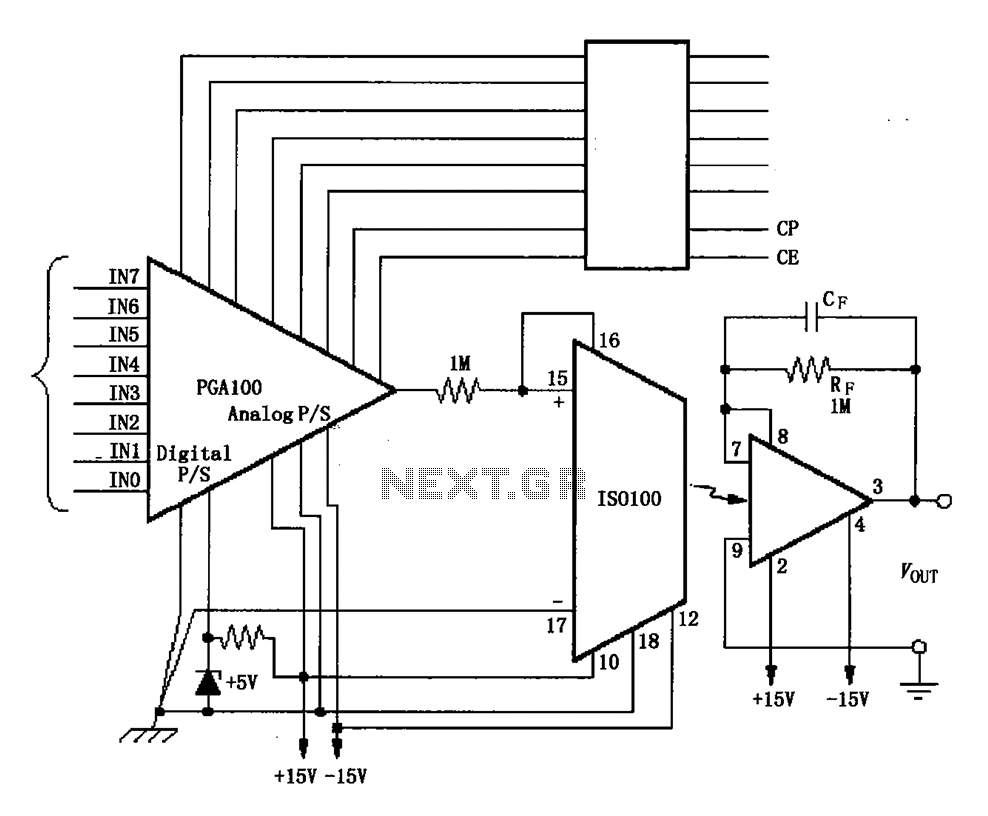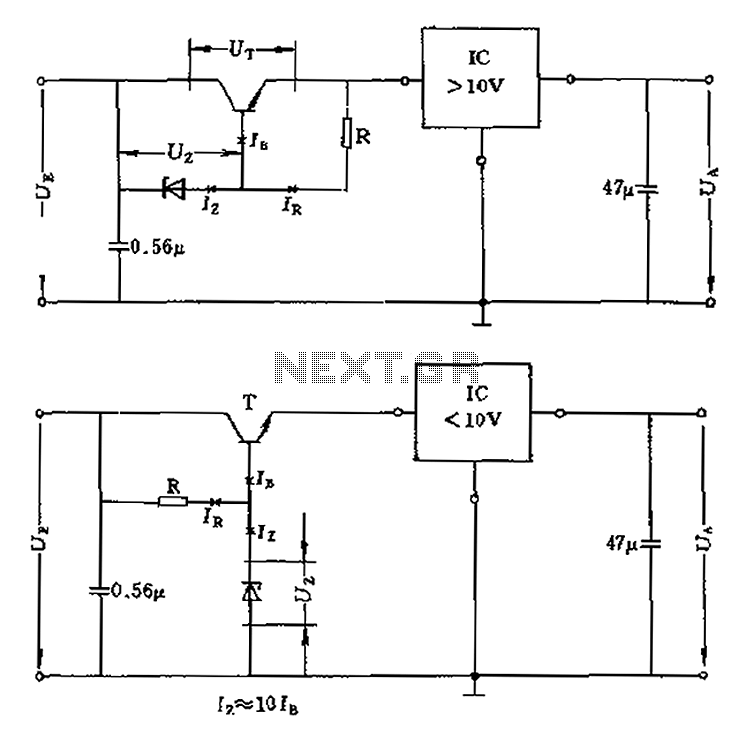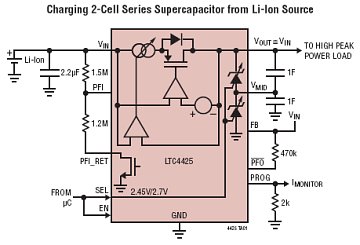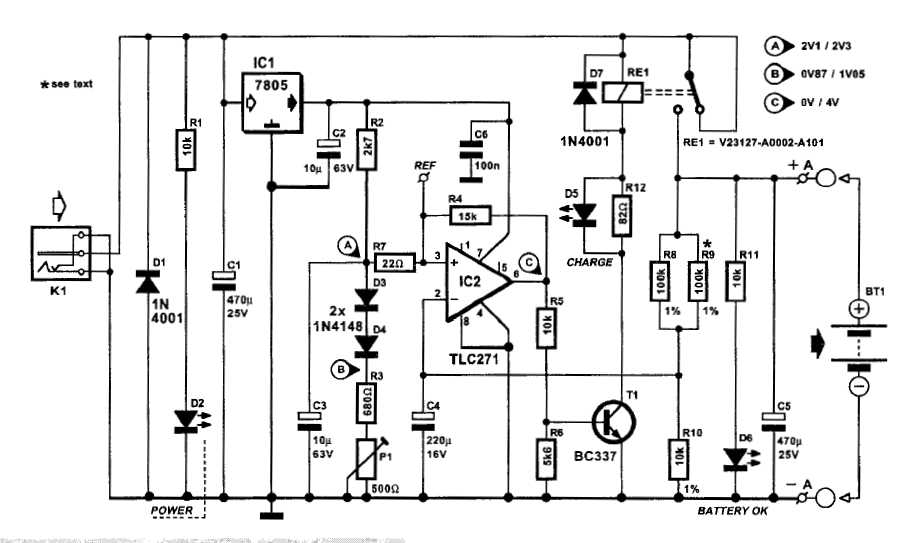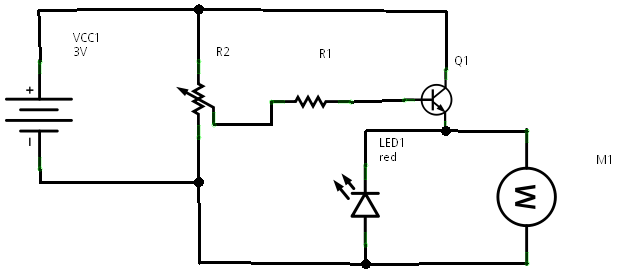
Programmable Current and Voltage Regulator for Battery Charger
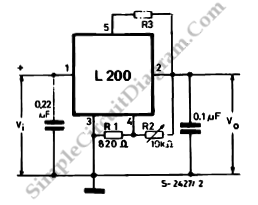
This is a programmable current and voltage regulator circuit. It consists of a voltage regulator with external current limitation. The variable resistor R2 is...
The programmable current and voltage regulator circuit is designed to provide precise control over output voltage and current levels. This circuit typically employs an integrated voltage regulator, which can be adjusted to output a desired voltage level, while also incorporating an external current limiting feature to protect connected loads from excessive current.
The voltage regulator operates by maintaining a stable output voltage despite variations in input voltage or load conditions. The use of a variable resistor, designated as R2, allows for fine-tuning of the output voltage. By adjusting R2, users can set the desired voltage level according to the requirements of the application.
In addition to the voltage regulation, the current limiting aspect of the circuit is crucial for safeguarding sensitive components. This feature can be implemented using a current sensing resistor placed in series with the load. When the current exceeds a predefined threshold, the circuit can reduce the output voltage or shut down completely to prevent damage.
The overall design may also include additional components such as capacitors for stability, diodes for reverse polarity protection, and transistors for amplification or switching purposes, depending on the specific requirements of the application. Proper layout and thermal management are essential to ensure reliable operation, especially in high-current scenarios.
This circuit configuration is widely used in power supply designs, battery chargers, and various electronic devices requiring stable power delivery with adjustable parameters. Understanding the interplay between the voltage regulator, current sensing, and variable resistance is key to optimizing performance and reliability in practical implementations.This is a programmable current and voltage regulator circuit. It consist of a voltage regulator with external current limitation. The variable resistor R2 is.. 🔗 External reference
The programmable current and voltage regulator circuit is designed to provide precise control over output voltage and current levels. This circuit typically employs an integrated voltage regulator, which can be adjusted to output a desired voltage level, while also incorporating an external current limiting feature to protect connected loads from excessive current.
The voltage regulator operates by maintaining a stable output voltage despite variations in input voltage or load conditions. The use of a variable resistor, designated as R2, allows for fine-tuning of the output voltage. By adjusting R2, users can set the desired voltage level according to the requirements of the application.
In addition to the voltage regulation, the current limiting aspect of the circuit is crucial for safeguarding sensitive components. This feature can be implemented using a current sensing resistor placed in series with the load. When the current exceeds a predefined threshold, the circuit can reduce the output voltage or shut down completely to prevent damage.
The overall design may also include additional components such as capacitors for stability, diodes for reverse polarity protection, and transistors for amplification or switching purposes, depending on the specific requirements of the application. Proper layout and thermal management are essential to ensure reliable operation, especially in high-current scenarios.
This circuit configuration is widely used in power supply designs, battery chargers, and various electronic devices requiring stable power delivery with adjustable parameters. Understanding the interplay between the voltage regulator, current sensing, and variable resistance is key to optimizing performance and reliability in practical implementations.This is a programmable current and voltage regulator circuit. It consist of a voltage regulator with external current limitation. The variable resistor R2 is.. 🔗 External reference
